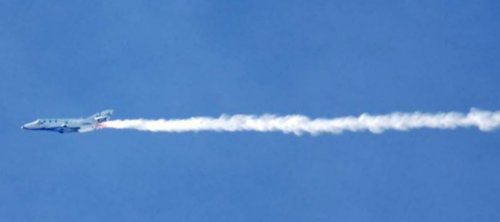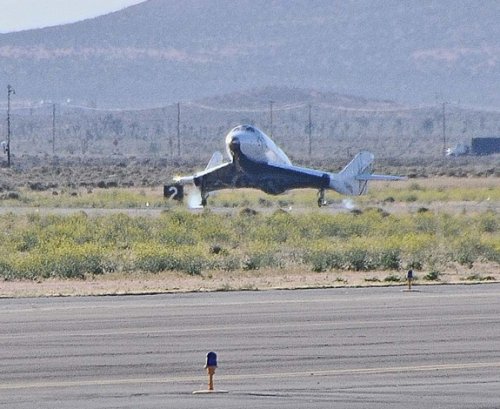A report claims defects found in the wings of Sir Richard Branson's Virgin Galactic spacecraft will delay the commercial space flight operation until at least 2015 - but reveals that even when the flights do take off, passengers may technically not be taken into outer space anyway.
A report in the Sunday Times claims to have seen the customer contract Virgin Galactic has drawn up, and in the small print it guarantees to get passengers to an elevation of "at least 50 miles."
While this is sufficient to experience weightlessness, the widely accepted boundary between the Earth's atmosphere and outer space - called the Karman Line - lies at an altitude of 62 miles above the Earth's sea level.
Virgin Galactic said it is using Nasa's 50 mile boundary definition for space, one which was used as far back as the 1960s and as recently as 2005 to award astronaut wings to pilots who flew in the rocket-powered X-15 aircraft.
However, those flying with Virgin Galactic won't be recognised as having travelled in space by the World Air Sports Federation, with world governing body for astronautical world records, unless they pass the Karman Line.
Virgin Galactic CEO George Whitesides told IBTimes UK:
"NASA and the US Air Force have a long tradition of celebrating everything above 50 miles (~80km) as spaceflight, and we look forward to joining those ranks soon as we push onward and upward. We are still targeting 100km. As we have always noted, we will have to prove our numerical predictions via test flights as we continue through the latter phase of the test program. Like cars, planes, and every other type of vehicle designed by humans, we expect our vehicle design and performance to evolve and improve over time."





